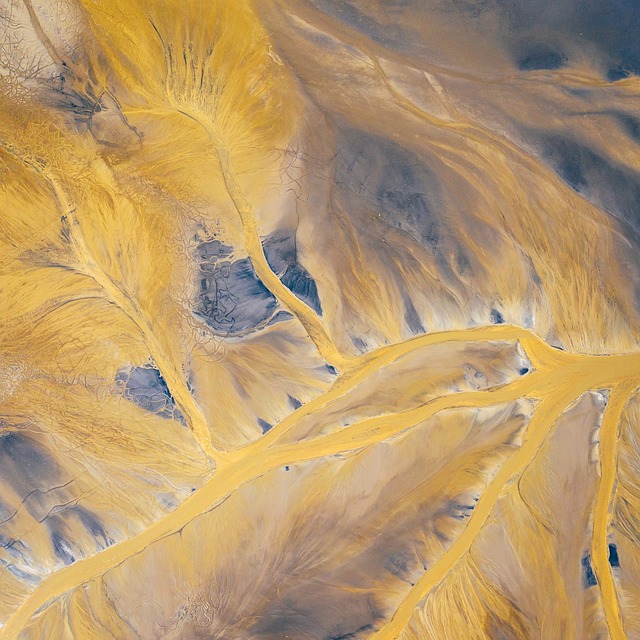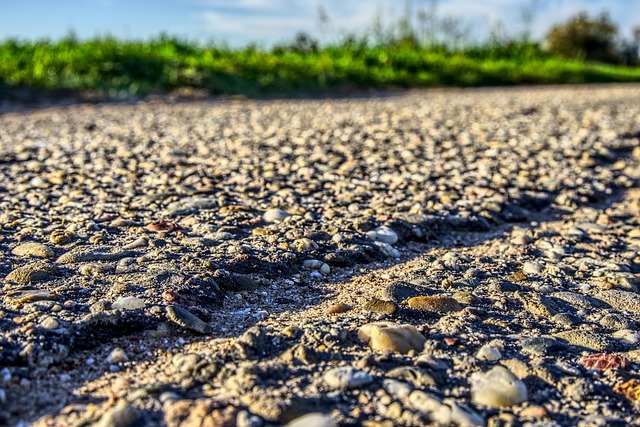Natural disasters are devastating events that can radically alter the landscape and impact ecosystems in profound ways. From hurricanes and wildfires to floods and earthquakes, these catastrophic occurrences remind us of nature’s immense power and our vulnerability within it. As we witness the frequency and intensity of these events increase, one cannot help but consider the role of climate change in exacerbating these natural disasters.
When examining the environment, it’s impossible to overlook how natural disasters contribute to environmental degradation. Forests that have stood for centuries can be reduced to ashes in mere moments during a wildfire, while torrential rain can lead to soil erosion, washing away vital nutrients and leading to barren landscapes. Aquatic ecosystems are not spared either; flooding can introduce pollutants into water sources, altering habitats and threatening wildlife. In essence, the aftermath of natural disasters often results in a cycle of environmental harm that can take years, if not decades, to heal.
Furthermore, climate change acts as a catalyst, driving the severity and frequency of these natural disasters. The warming planet leads to more extreme weather patterns, creating conditions ripe for destructive hurricanes, prolonged droughts, and heavy rainfall. These shifts are not merely statistical; they represent the harsh realities faced by communities around the globe. A region once known for its aquifers may find itself parched, while communities living near coastlines grapple with rising sea levels that threaten their homes and livelihoods.
With the rise of global temperatures, we are witnessing an unprecedented trend in natural disasters. Communities that have historically been insulated from such calamities are now on the front lines, facing the brunt of intensified weather phenomena. The emotional toll on affected populations is significant; displacement, loss of property, and even loss of life create a sense of despair. The mental health implications are far-reaching, often resulting in long-term trauma for those impacted by these sudden and devastating events.
On the environmental side, recovery from natural disasters is a slow process. The loss of biodiversity is one of the most alarming consequences. Species that might have thrived in the affected areas can be pushed to extinction due to habitat loss and changes in their ecosystem. The interconnectivity of life on Earth means that the ramifications are widespread; the decline of one species can set off a chain reaction that affects others, ultimately disrupting food webs and ecological balance.
The intersection of climate change and natural disasters presents a crucial point for discussion. Immediate policy responses are essential, not only to mitigate the impact of disasters when they occur but also to address the underlying causes of climate change. Sustainable practices, renewable energy sources, and robust disaster preparedness plans are indispensable in this vital fight against environmental degradation. Communities must come together to build resilience against future disasters, all while advocating for stronger climate policies at local and global levels.
In reflecting on the impact of natural disasters, it becomes clear that the challenges we face are not isolated events but indicators of larger systemic issues intertwined with climate change. Each hurricane, flood, or wildfire is a poignant reminder of our changing environment and the urgent need to act. The journey toward recovery and resilience is far from easy, yet it is necessary for the stability of our ecosystems and the well-being of future generations.




